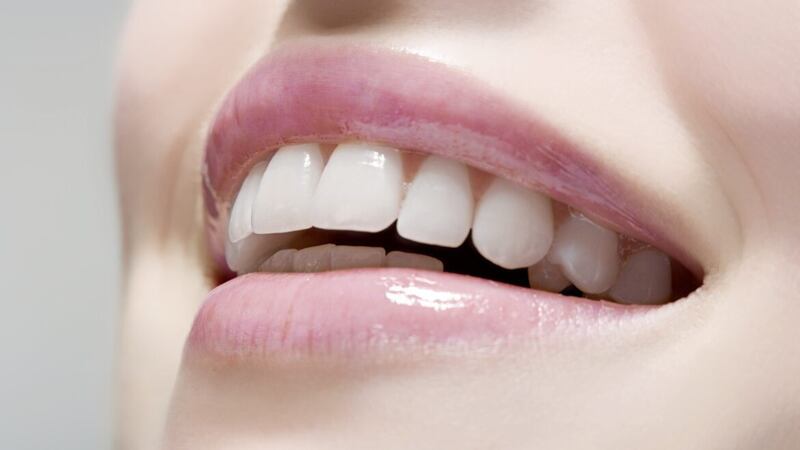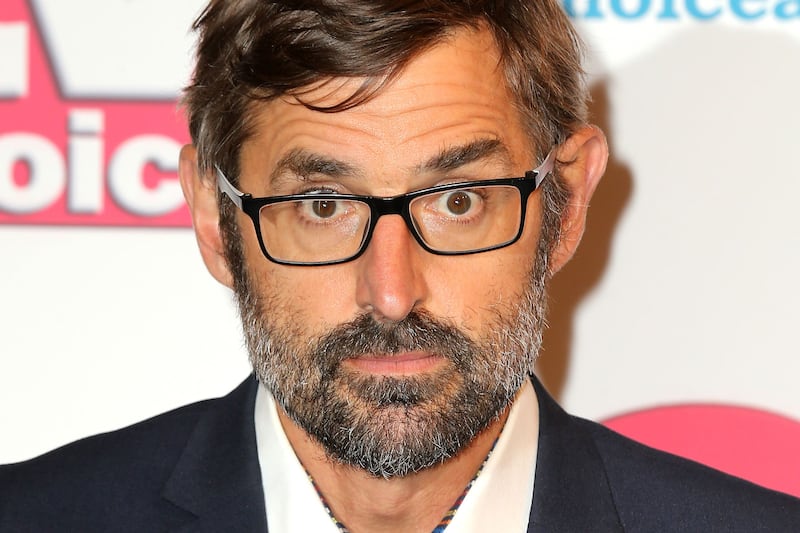THE longest human canine tooth ever recorded was 47mm long, which is almost the length of a thumb. It's no surprise that canines got nicknamed eye teeth as their roots terminate close to each eye socket.
Pointy canines are our front-row power teeth, biologically engineered to perfection to withstand the massive forces created as our jaws grind from side to side.
All is sunshiny in our mouths when our eye teeth are doing their job properly; their protective form stops other teeth from wearing down, cracking apart or becoming sore. They create an environment of facial muscle harmony allowing muscular comfort to ripple from head to toe.
But just like marriage, obviously - not including my relationship of serenity - things can go awry. Canines can be odd fellows and get stuck high up under your nose, buried so deep that they can only be detected on X-rays. At times they erupt way off course, leaving the crown of the eye tooth jammed too high in the smile or breaking through the palate.
These impacted canines are functionally useless and visually the smile is bereft of beauty harmony. So, what to do?
When luck is on our side and the canine is lying at a semi-good angle, a special brace bracket can be attached, and they can then be pulled into their correct position.
Sometimes eye teeth move well, while disappointingly some teeth are totally stubborn and just won't budge. The non-movers can be surgically removed which is more fun for the dentist than the patient. Then there's what to do with the space.
Often the baby-eye tooth has run the distance and is still present into adulthood. But baby-eye teeth are dwarf-sized and can't perform like an adult canine is meant to.
On occasion, we build up these baby teeth to make them look and function like proper adult teeth. However, baby teeth inherently have tiny roots and tend to loosen.
This is when a dental implant or bridge comes into play to replace the missing eye tooth, restoring not only bite stability but also smile attractiveness.








